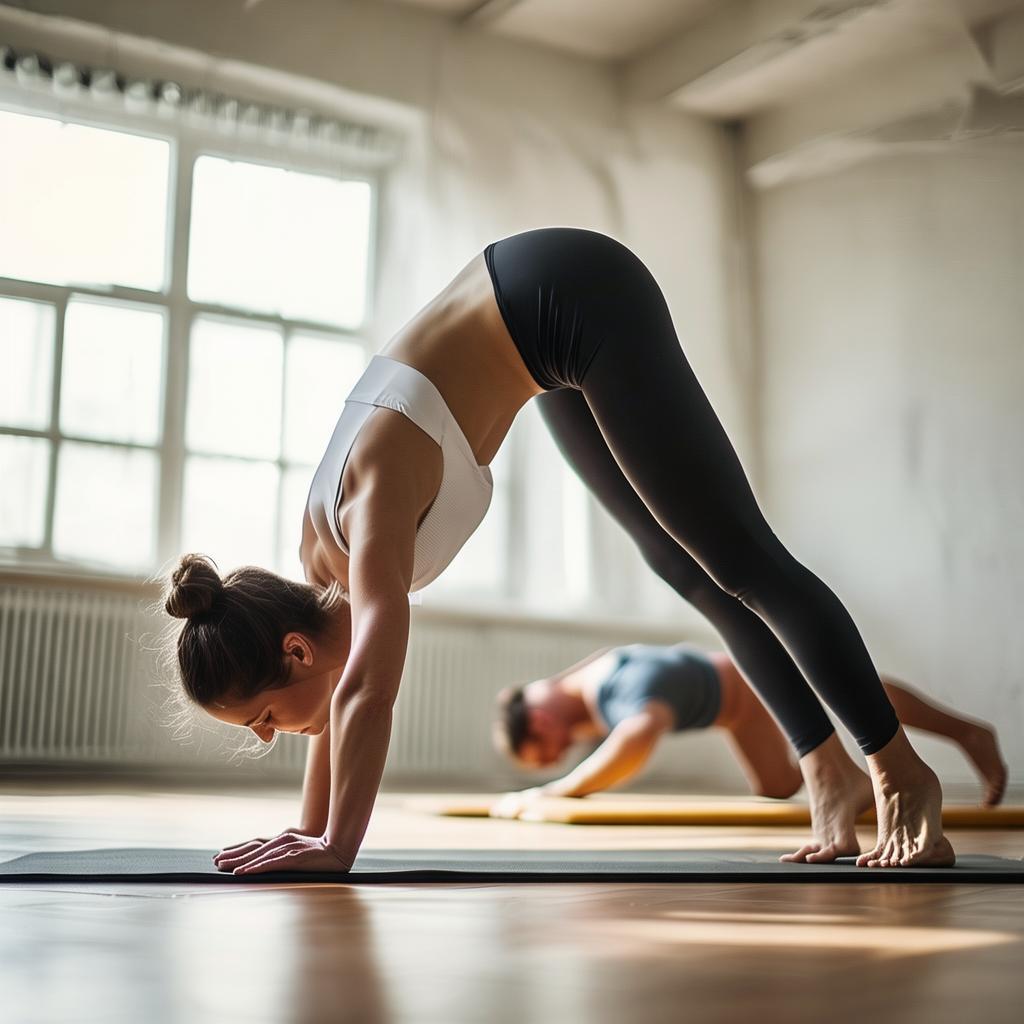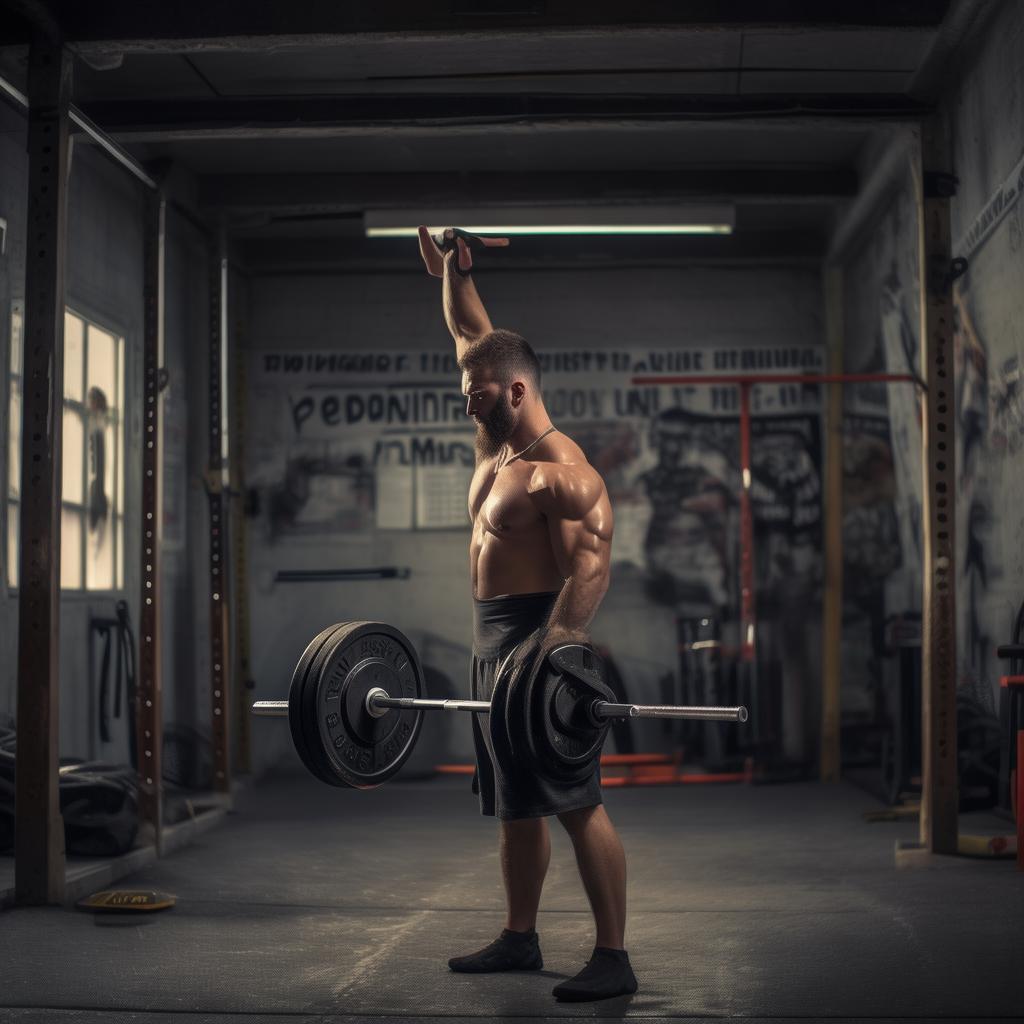The Origins and Differences between Yoga and Pilates
On December 13, 2024, let’s explore the basic knowledge of science – the differences between yoga and pilates, as well as their specific movements. We all know that pilates is somewhat related to traditional yoga, with both being done on a yoga – mat and involving extension and stretching movements, along with static meditation postures. But how can we truly distinguish between them?
Firstly, they have different places of origin. Yoga, which has a long – standing history, originated in ancient India and was initially a ritual dance. In contrast, pilates was invented and improved by the German Joseph Pilates.
Secondly, the exercise parts vary. Yoga has a relatively lower intensity compared to pilates in terms of muscle – building focus. Yoga focuses more on exercising the flexibility of the body, with a more spiritual and meditative aspect. Pilates, however, is more inclined to enhance muscle strength, endurance, and improve core strength, body strength, and shape muscles.
Thirdly, the movement states are different. Yoga movements are more static. Some support postures and stretching postures are maintained statically. Pilates, on the other hand, is completely dynamic, often using machinery to assist in practice. In simple terms, pilates emphasizes the process of performing an action, while yoga emphasizes maintaining the posture after the action is completed, using one’s own strength and flexibility to continue exerting force.
Fourthly, the breathing methods are distinct. There are various breathing methods such as abdominal breathing, chest breathing, and intercostal breathing. Due to the static nature of yoga movements, its breathing needs to be as long as possible, using chest and abdominal breathing. Since pilates movements are intense, the fast breathing method of inhaling through the nose and exhaling through the mouth is more suitable for it.
Finally, there are other differences. For example, yoga usually requires fasting training, while pilates allows for a light meal. Also, yoga is a traditional practice, and pilates integrates many sports elements like ballet, boxing, and jiu – jitsu.
Specific Practice Steps of Pilates and Yoga
Now, let’s share the specific practice steps of one pilates and one yoga pose, so that you can compare them carefully and perhaps discover more differences.
Pilates Movement – 100 Times High Five
Specific steps: Lie supine, bend both knees with feet on the floor. Slowly inhale while lifting the legs up, keeping a 90 – degree angle. Point the toes forward. Place hands on both sides of the body with palms facing down. Lift the body up slightly, close the jaw, and maintain neck extension. Inhale again, and when exhaling, quickly press the hands downward. Practice for one minute, exhaling each time the arms are pressed down. Pull the abdomen in, inhale and extend the toes towards the distal end. Always keep the pelvis stable and the navel sinking inward to stimulate the transverse abdominal muscles. If you feel relaxed, slow down the frequency and enjoy the abdominal contraction during exhalation.
Yoga Movement – Four Column Pose
Specific steps: Lift the hips up and bend the elbows down to enter the four – column pose. Stay according to your body’s actual situation. If you feel relaxed, maintain 3 – 5 breaths. Slowly exhale, flatten the back of the feet, and send the body down. Place hands on both sides of the chest, press the back of the feet forcefully. Inhale to the upper dog pose, inhale deeply and long, exhale slowly. Feel the straightness of the back and the squeezing of the waist. Lift the head forward and upward as much as possible and move the cervical spine appropriately. Stay for two sets of breaths.
From these actions, it’s clear that pilates movements are more dynamic, sometimes relying on equipment for assistance, with a much higher intensity than yoga. Yoga, on the other hand, focuses more on static posture maintenance, training the body’s endurance and staying power.





